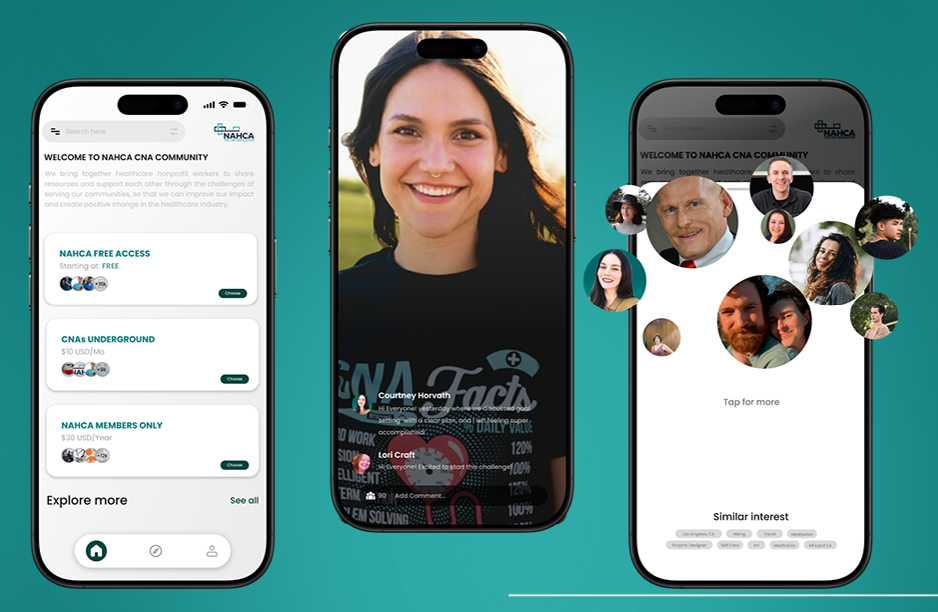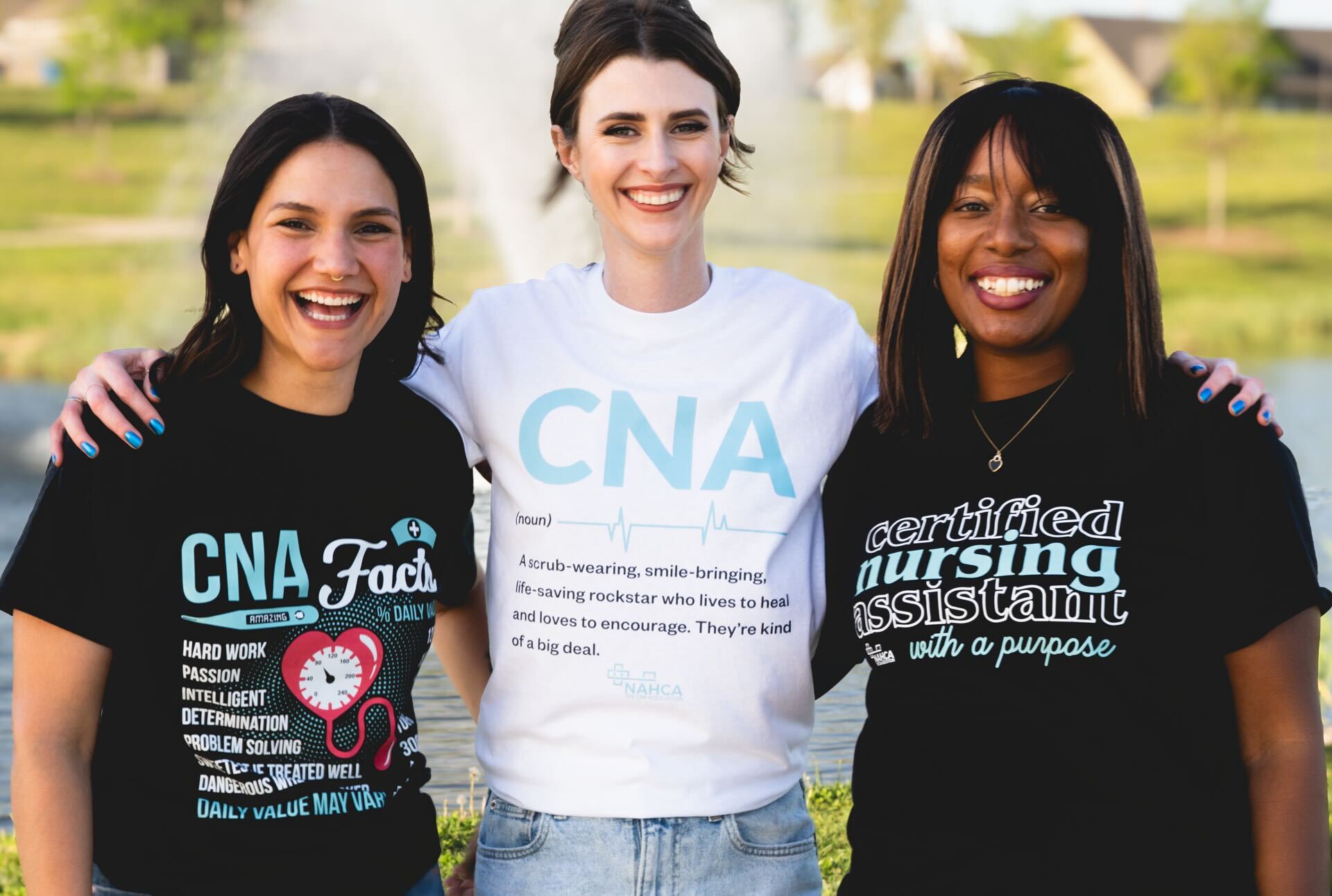December is here. For me this month brings kids being out of school for two weeks, lots of families visiting my residents for the holiday, and — of course — the joy from the most wonderful time of the year! In many parts of the country, December also brings winter and cold temperatures. Being a CNA means that I have to be aware of the dangers the weather presents to elders and the residents I care for.
In truth, it seems like my residents are always asking me to turn up the heat or get them a sweater. While I am sweating, they are cold; but there is a reason. As we get older, our bodies react to cold temperatures faster. At the same time, factors like poor circulation, thinning of skin, and a lower metabolism, as well as certain medical conditions and medications, also contribute to our residents’ sensitivity to the cold.
Beware of Hypothermia
When a residents say he is cold, it is because his body temperature has lowered. This is an opportunity for a CNA to keep them safe and warm; and it is important for us to pay attention when they say they’re cold, even when we’re not.
Cold doesn’t just make our residents uncomfortable; it can put them at risk. One of the biggest dangers to older adults to decreased body temperature is hypothermia. This sets in when the body’s core temperature drops below 95 degrees. This can happen so fast that you may not be aware until it’s too late. Some of the symptoms include slurred/slow speech, a weak pulse, stiffness in extremities, and uncontrollable body movements.
Frostbite Risk
Another danger to watch for is frostbite. This happens when the skin and tissue below the ski freeze after exposure to cold temperatures. Frostbite symptoms can range from discolored skin, numbness, or the skin looking hard and waxy. If you suspect a resident may have hypothermia or frostbite, report it immediately.
A danger that isn’t from cold temperatures but from trying to stay warm is carbon monoxide poisoning, also called CO2 poisoning. This can happen, for example, when people used unvented space heaters that use combustible fuel and indoor air for the heating process. Carbon monoxide is an odorless gas made by burning fuel. Poor ventilation can cause this gas to build up in the air. As you breathe, it builds up in your bloodstream replacing the oxygen. This leads to tissue damage and possible death. A person with CO2 may have a headache, confusion, or loss of consciousness. If there is a possibility of CO2 poisoning, call 911 right away.
Pay Attention to Details
Our residents rely on us as CNAs. This means we have to be diligent in keeping them warm and safe from harm. There are many steps we can take to help prevent these conditions from happening.
The first thing is to know the policies and procedures of your workplace. These can tell you what to do to keep the temperature up and how to handle an emergency. We can also encourage residents to eat nutritious meals and stay hydrated, as well as limit the amount of time they’re exposed to cold temperatures. This is particularly important for those who may go outside to smoke. If you’re a CNA who goes to your resident’s house to provide care, make sure there is a working fire alarm and carbon monoxide detector.
If you take anything away from this article, I hope it is to remember to stay aware of the temperature outside and inside. Be aware of where your residents are at all times. If they say they are cold, pay attention and do something. So next time someone says they are cold, grab them a cute sweater and bundle them up!



